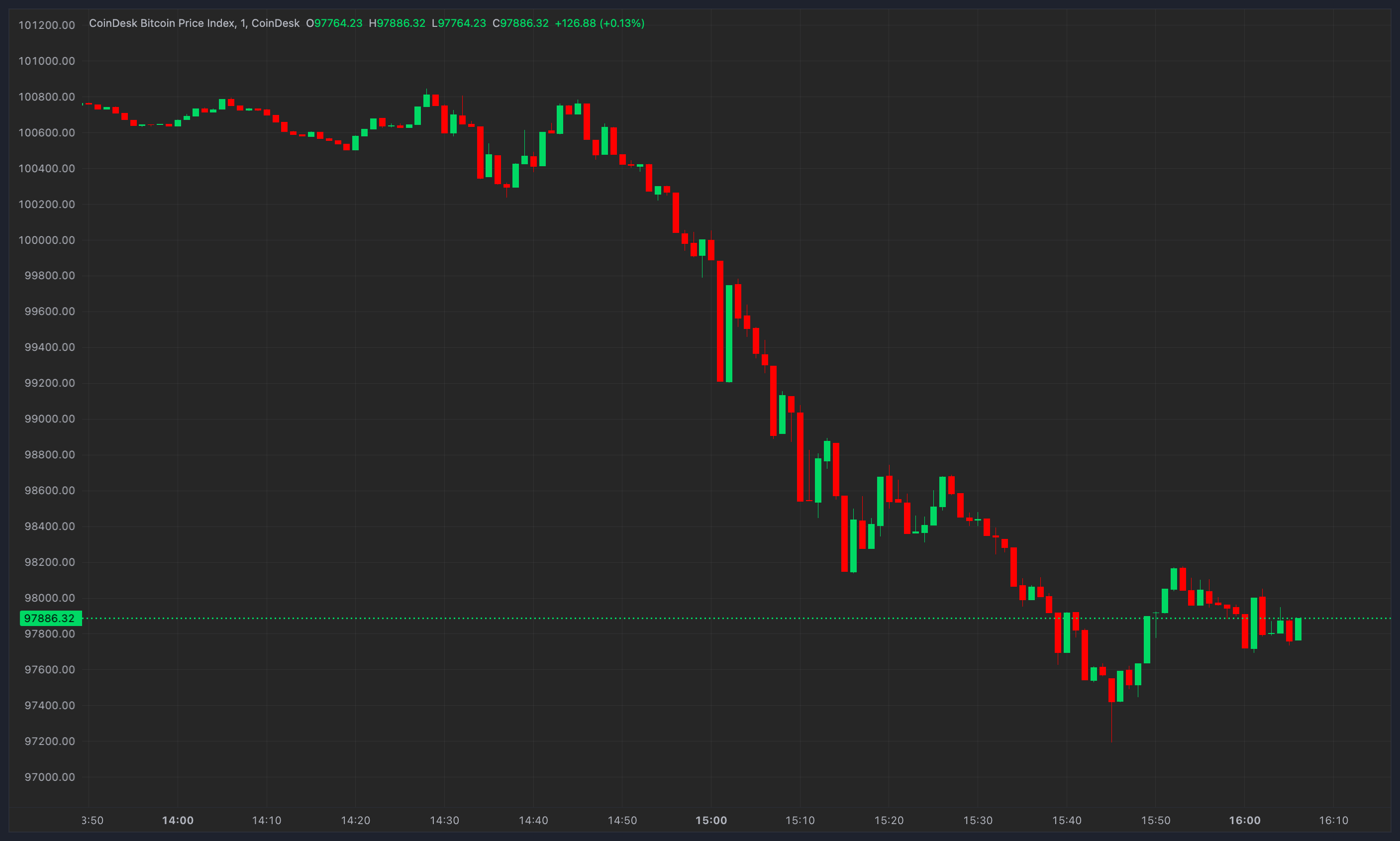After years of planning, Ethereum successfully implemented its Dencun upgrade last week!
While this hard fork introduced nine changes to the network, the most headline-grabbing of them was EIP-4844 (a.k.a. Proto-Danksharding), which promised to reduce gas fees for Ethereum’s Layer 2s (L2s) through the introduction of “blobs,” which provide a more gas-efficient route to post L2 transaction data.
Today, we turn to the data to analyze if Dencun lived up to the hype and explore how the upgrade has revolutionized Ethereum!
🧐 Impact of Dencun
In the weeks leading up to Dencun, increasing onchain activity led transaction fees to rise, causing multi-dollar gas fees to become the norm across the network’s most popular L2s, eliciting outcry among users and underscoring the need for cheaper fees.
While it was impossible to accurately project post-Dencun L2 fees in a pre-implementation world (because they are a function of variable demand for blockspace), initial estimates gave cause for optimism, indicating that L2 users could expect a 90% reduction in fees given the same activity levels.
Dencun Will Make Ethereum Cypherpunk Again on Bankless
Unpacking Dencun, EIP-4844, and Blobs.

As L2s needed to change the way they publish data to take advantage of blobs, there was some amount of lag between Dencun going live and users experiencing a reduction in their fees. However, theory was put into practice shortly after Dencun’s implementation on March 13, with all major L2s having posted their first blobs by the next day.
Dencun’s benefits became immediately apparent the moment L2s began utilizing blobs as their costs to post data fell to the floor. Transaction fees on Base were initially so cheap that wallets were unable to accurately display the fractions of a penny it cost to make a token transfer!
after 2 years of hard work, blobs are now live on @base
before: $0.31
after: $0.00 (but actually $0.0005)wallets need to update to handle these cost reductions! pic.twitter.com/solIX9D4HM
— Jesse Pollak (jesse.xyz) 🛡️ (@jessepollak) March 14, 2024
Data costs for ZkSync have fallen by 89% compared to their pre-Dencun norm. Meanwhile, Arbitrum is enjoying a 93% cost reduction and OP Stack chains (i.e., Base, Mode, Optimism, and Zora) have seen costs plunge by over 98%!
With lower fees now in place, a higher number of profitable transactions can be made on L2s, increasing the demand for blockspace and resulting in an uptick in transactions on many chains.
The most staggering increase came from Base, which set an all-time daily high of 2.1M transactions on March 16th, representing a 300% increase from pre-Dencun levels.
A higher number of transactions has increased the costs associated with L2 compute, but the total gas fees paid for transactions on L2s (a combination of the cost to post data to Ethereum and the local L2 fee) has fallen sharply, allowing users to enjoy cheaper transactions than before while simultaneously increasing the net profitability of operating an L2.
🎯 A New Paradigm
While rollups can still generate significant cost savings by posting data to a dedicated data availability layer (i.e., Celestia) instead of Ethereum, even with blobs enabled, it is nonetheless vital to underscore the major achievements that have been made thanks to Dencun.
Compared to monolithic alt L1s, which have been forced to subsidize low transaction fees by inflating their token supply to secure the network, Ethereum – through its rollup-centric roadmap now turbo-charged by Dencun – empowers L2s to offer similarly low fees while enabling them to retain maximum security and keeping ETH deflationary!
Unpopular truth is your favorite #Ethereum killer has to inflate its token to keep tx costs this low while #ETH supply is decreasing. https://t.co/aVCuXZ81Ie
— 080.eth 🦇🔊 (@080eth) March 14, 2024
With transactions on L2s now costing pennies, it’s safe to conclude that EIP-4844 was the near-term solution to Ethereum’s scalability challenges, but it’s important to note the substantial development efforts that remain ahead to progress to the end state of rollup scaling.
Despite their ability to achieve extremely low fees given current levels of blockspace demand, future increases in onchain activity will place upward pressure on transaction fees, causing renewed L2 scalability issues to afflict users.
To address this inevitable issue, Ethereum developers are working on full Danksharding, which will increase the number of blobs that can be attached to a block from 6 to 64, bringing a massive amount of dedicated L2 space to Ethereum that will allow the network to support hundreds of individual rollups with ease, making millions of transactions per second a reality.
Tragically, with numerous complex changes that must be made to unlock Danksharding, including the implementation of proposer-builder separation and development of stateless clients, it will be years until this upgrade even becomes a possibility.
Until then, we’ll be crossing our fingers in hopes that a few blobs per block continues to provide enough scale for Ethereum’s rollups and their users 🤞
Read More: www.bankless.com









 Bitcoin
Bitcoin  Ethereum
Ethereum  Tether
Tether  XRP
XRP  Solana
Solana  Dogecoin
Dogecoin  USDC
USDC  Cardano
Cardano  Lido Staked Ether
Lido Staked Ether  TRON
TRON  Avalanche
Avalanche  Sui
Sui  Wrapped stETH
Wrapped stETH  Toncoin
Toncoin  Chainlink
Chainlink  Shiba Inu
Shiba Inu  Stellar
Stellar  Wrapped Bitcoin
Wrapped Bitcoin  Hedera
Hedera  Polkadot
Polkadot  WETH
WETH  Bitcoin Cash
Bitcoin Cash  LEO Token
LEO Token  Uniswap
Uniswap  Pepe
Pepe  Litecoin
Litecoin  Hyperliquid
Hyperliquid  Wrapped eETH
Wrapped eETH  NEAR Protocol
NEAR Protocol  Ethena USDe
Ethena USDe  USDS
USDS  Aptos
Aptos  Internet Computer
Internet Computer  Aave
Aave  Mantle
Mantle  Render
Render  Bittensor
Bittensor  Cronos
Cronos  POL (ex-MATIC)
POL (ex-MATIC)  Ethereum Classic
Ethereum Classic  Tokenize Xchange
Tokenize Xchange  WhiteBIT Coin
WhiteBIT Coin  Artificial Superintelligence Alliance
Artificial Superintelligence Alliance  Virtuals Protocol
Virtuals Protocol  MANTRA
MANTRA  Monero
Monero  Arbitrum
Arbitrum